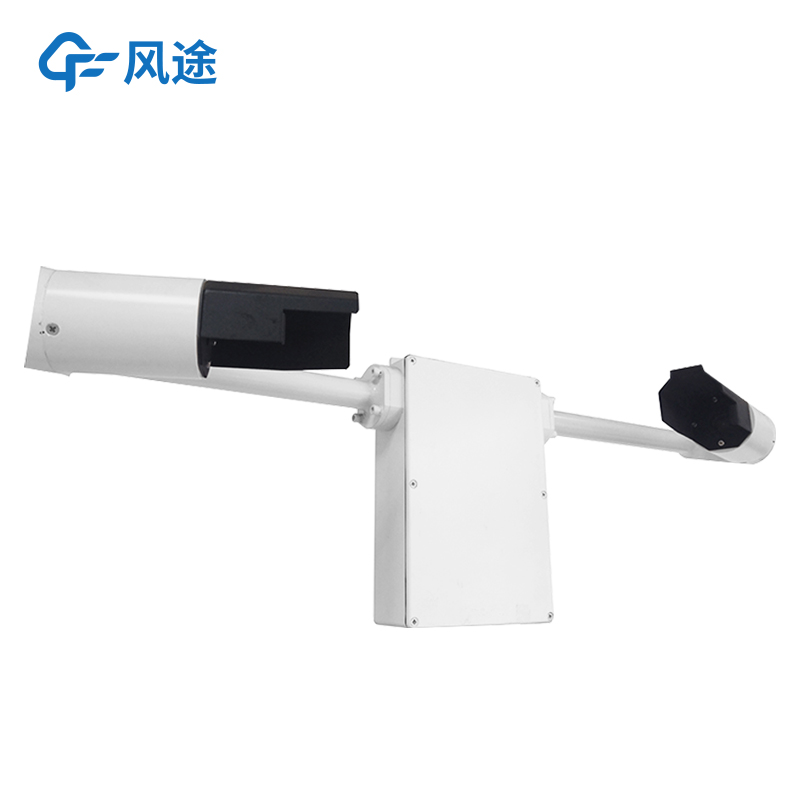Shandong Fengtu IOT Technology Co., Ltd
Sales Manager:Ms. Emily Wang
Cel,Whatsapp,Wechat:+86 15898932201
Email:info@fengtutec.com
Add:No. 155 Optoelectronic Industry Accelerator, Gaoxin District, Weifang, Shandong, China

Sales Manager:Ms. Emily Wang
Cel,Whatsapp,Wechat:+86 15898932201
Email:info@fengtutec.com
Add:No. 155 Optoelectronic Industry Accelerator, Gaoxin District, Weifang, Shandong, China
time:2025-09-22 09:32:07 source:Weather Station viewed:180 time
Meteorological visibility refers to the maximum horizontal distance at which a person with normal vision can see and identify a target object against the sky background under current weather conditions (usually measured in meters or kilometers).
Transportation is the industry that needs visibility data the most. Observation instruments are installed on road sections with drastically reduced visibility (such as mountainous areas, river valleys, and fog patch-prone zones). When the data falls below the threshold, a "slow down" warning is issued to drivers. Of course, when visibility is extremely low, traffic management departments can take extreme measures such as closing highways to enforce safety.
The most widely used and cost-effective instrument for measuring visibility data is the forward scatter visibility detector. It integrates the transmitter and receiver in the same body but separated at a certain angle (usually 20°-50°), measuring a very small sample volume of air. The transmitter emits a light beam, and the receiver does not receive the direct light but rather the intensity of light scattered forward by particles in the air (at a small angle to the original direction). The intensity of forward scattered light has a high correlation with the atmospheric extinction coefficient (σ). Through experiments and empirical formulas, the instrument converts the measured scattering intensity into an extinction coefficient and further calculates the visibility.
Advantages include: integrated design for easy installation and small footprint; relatively much lower manufacturing and maintenance costs; and strong anti-pollution capability because the short baseline and small optical window are relatively less affected by contamination.
It is mainly installed on fog patch-prone road sections to match intelligent traffic warning systems. It can also be installed at meteorological stations as important equipment for regular surface meteorological observation, and at ports and waterways to provide visibility data for navigation safety.

Traditional pest monitoring is labor-intensive and time-consuming, making it difficult to meet the needs of production efficiency. However, the Insect Monitoring System successfully addresses this issue through the integration of interdisciplinary theories and modern technologies. It is not a simple...
Agricultural Environment Monitoring System is a facility specifically designed for monitoring elements such as water, soil, and fertilizers in agricultural environments. It provides long-term dynamic monitoring of heavy metals, nutrient content, and pesticide residues, offering data support for agricultural environmental protection and remediation....
Agricultural Weather Stations are small automatic weather stations specifically designed for agricultural ecological environments, aimed at monitoring the energy and material exchange between agricultural production environments and agricultural organisms.They can monitor various meteorological elem...
A Spore Catcher is a device used to monitor and analyze pathogenic spores in the air. It consists of a high-power optical microscopy imaging system, precision limit technology, automatic intelligent focusing fusion technology, and IoT transmission control technology. Utilizing optoelectronic and num...